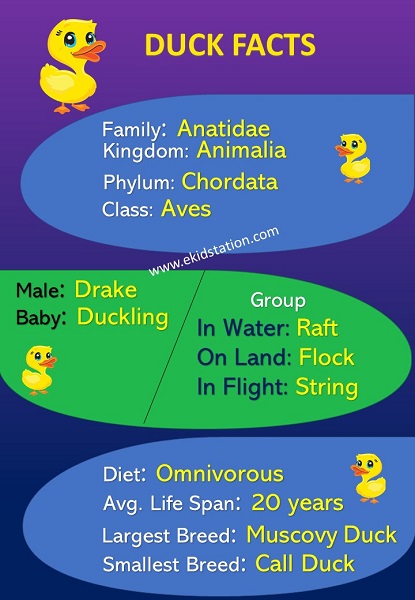Why do the ducklings swim in a row behind mother duck?
Bhumika Goel / October 2021
Ever wondered why ducklings swim in a straight pattern behind their mother?
Hmm, to keep safe and not get lost. Safety is the first response in our minds to the mysterious behavior of the little duck babies.
Well, there is a science behind the siblings swimming together in a row, after their mother.
Ducklings learn to play with frictional forces at a very young age.
Here is the reason why ducklings follow a pattern of swimming.
A team of researchers from the University of Strathclyde discovered this interesting fact. According to the latest research published in the Journal of Fluid Mechanics, ducklings are able to decrease the wave drag while swimming, this way.
The behavioral patterns of ducks are influenced by a process called imprinting. Following and recognizing parents is called filial imprinting. While imprinting reveals the social behavior of the baby ducks, the reason for the swimming pattern formation is the simple science of reducing wave friction.
Scientists applied mathematical and numerical models to study the in-line swimming pattern.
The two phenomena, wave-riding and wave-passing are the highlights of the study.
What is wave-riding?
In simple words, wave-riding means surfing.
As per the research, when a duckling swims after his mother at a focal point, a destructive wave interference occurs.
Destructive wave interference means two waves meet together while completely revoking each other. This phenomenon requires both the waves to have the same amplitude in reverse directions.
The interference of waves helps the duckling’s wave drag and pushes him forward. The rest of the ducklings follow the wave-riding experience with a row pattern behind.
What is wave-passing?
The wave drag begins to incline towards zero as soon as the wave energy reaches the third one in the queue. At this point, the trailing ducklings coordinate to reach a steady status of wave-drag reduction. As the wave friction is zero the trailing ducklings after the third one enjoys a free ride by sustaining the waves and passing them to the next one in the queue. This delicate state of symmetry is termed wave-passing.
Repeating this process the wave energy produced by the mother duck reaches all the ducklings and makes their water journey smoother.
Wave-passing is a delicate dynamic equilibrium that can only be achieved by certain coordination of the moving bodies. The ducklings achieve it by
- maintaining the same speed as the mother duck
- staying at the right positions on the centre line behind the mother duck in sequence.
Isn’t it amazing to know the little ducks understand the science of friction at a very tender age? Here, we would also like to share some interesting duck facts for kids.

Conclusions:
- Wave-riding and wave-passing are the principles applied by ducklings to decrease the wave friction. Their mobility in water increases with the two processes.
- A single-file arrangement can benefit the mobility of every individual duckling.
- Wave-passing is accompanied by a dynamic equilibrium, under which the total wave drag of the group remains constant, regardless of the group size.
- These principles can revolutionize design process of modern freight carrying vessels like a water-train.
Read more science news at ekidstation
